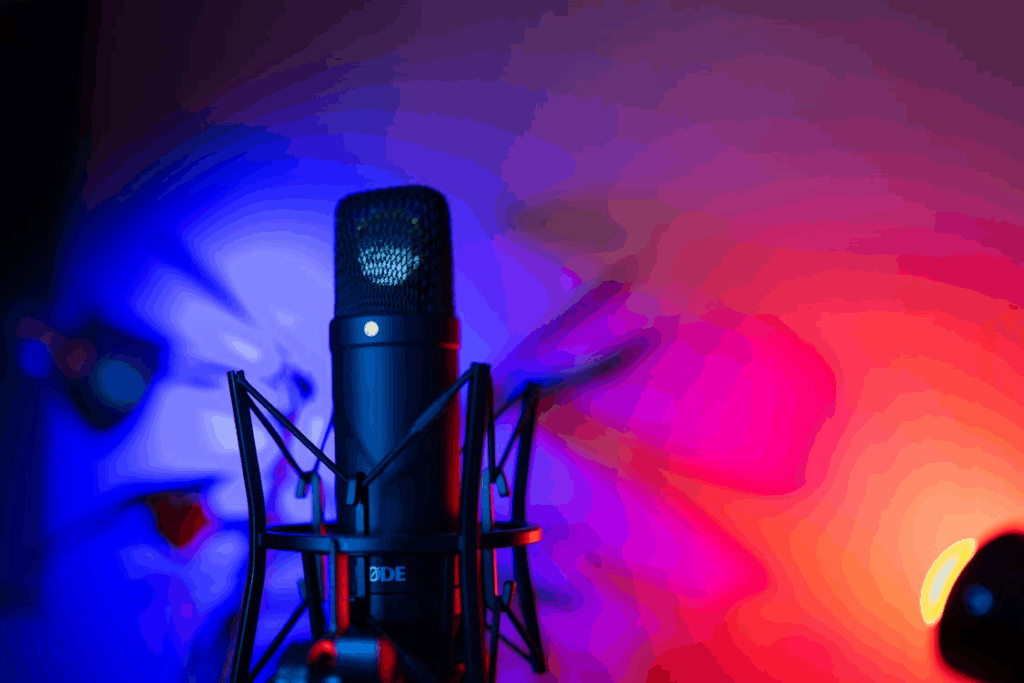Once seen as quiet repositories for books, libraries are rapidly transforming into dynamic community hubs for learning, connection, and creativity. While digital media has changed how we consume information, it hasn’t diminished the role of libraries. It’s expanded it.
Across the world, modern library trends show institutions evolving into inclusive spaces that merge technology, culture, and human curiosity. The library of the future isn’t just about storing knowledge. It’s about sharing it in every form imaginable.
From Bookstacks to Digital Gateways
Physical shelves are no longer the primary limitation of modern libraries. Most now offer extensive e-book collections, audiobooks, streaming platforms, and online learning portals accessible from anywhere. Through apps like Libby and Hoopla, patrons can borrow content instantly, extending the library’s reach far beyond its walls.
Digitization has also preserved fragile archives and historical materials, making them accessible to a global audience. What once required a trip to a rare-collections room can now be explored from a smartphone. This democratization of access keeps libraries essential in the information age—bridging the gap between those with resources and those without.
Looking for your next great read? Try Books Everyone’s Talking About — and Why They Matter.
Libraries as Makerspaces and Learning Labs
As technology advances, libraries have reimagined their physical spaces to encourage creation, not just consumption. Many now host makerspaces equipped with 3D printers, sound studios, VR headsets, coding labs, and other tools that empower users to build, experiment, and innovate.
These hands-on environments reflect a shift from passive learning to active engagement. Patrons can record podcasts, design prototypes, or take digital literacy workshops, all under the guidance of trained librarians. The result is a learning model that’s both collaborative and self-directed, fostering skills for a rapidly changing world.
In this way, libraries have become incubators of creativity, open to everyone, regardless of income or background.
Read What Makes a Great Podcast? to explore audio storytelling options.
The Human Heart of the Library
Technology may evolve, but the library’s most vital resource remains its people. Librarians are now digital navigators as much as literary guides, helping patrons evaluate online information, combat misinformation, and develop critical thinking skills.
Libraries also serve as safe, inclusive spaces for connection. They host community events, job search programs, language classes, and cultural exhibits. For many, the library is the last truly public space. It’s welcoming, free, and accessible to all. In an era of polarization, it stands as a rare example of civic trust and shared purpose.
Want to make the most of your time? See How to Read More Books in a Busy Life for practical tips.
Designing the Library of Tomorrow
Architects and city planners are reimagining libraries as vibrant cultural landmarks. Modern designs emphasize open light, flexible seating, and environmental sustainability. Examples like Helsinki’s Oodi Library and Calgary’s Central Library demonstrate that libraries can be both technologically advanced and architecturally inspiring, serving as enduring symbols of civic pride in the digital age.
The future library will likely integrate AI-driven cataloging, immersive virtual collections, and personalized recommendations. Yet its mission will stay rooted in accessibility, empathy, and curiosity, which are the timeless pillars of learning.
Check out Mindful Tech Use: Using AI & Apps Without Losing Control to keep screens intentional.
More Relevant Than Ever
Far from becoming obsolete, libraries are thriving by evolving. They’ve adapted to every major shift in how people learn and connect, from print to digital, from silence to collaboration.
In a time when screens fragment our attention, the library offers something radical: focus, belonging, and free access to knowledge. It’s not just a building full of books. It’s the beating heart of an informed society.




